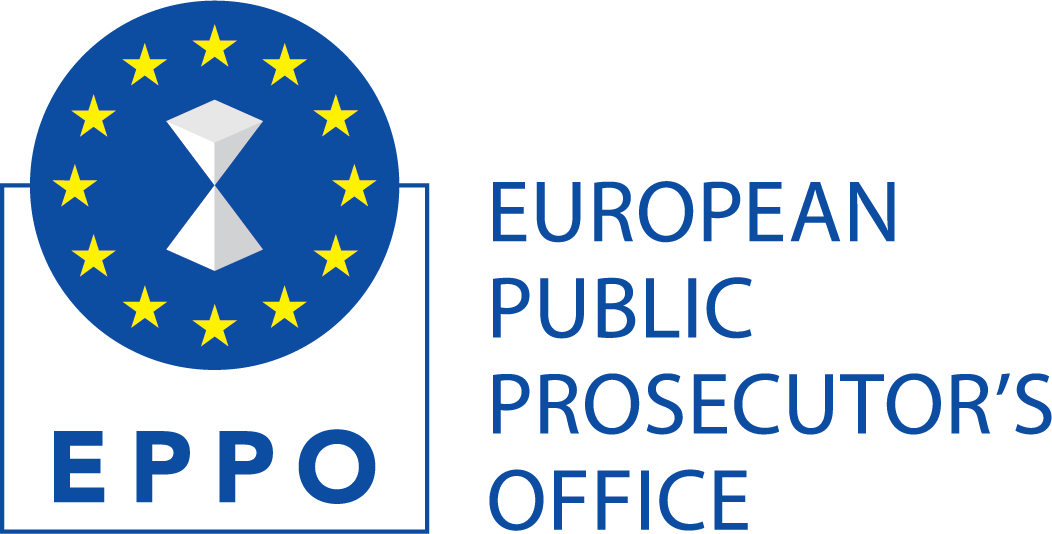In a recent webinar hosted by ID-Pal in association with AML Intelligence, the critical topic of identity fraud and the role of AI was explored in depth. The informative session featured experts from diverse backgrounds (including a former US Secret Service agent) who discussed the latest trends, emerging threats, and innovative solutions to enhance individual cybersecurity, corporate anti-fraud measures and global regulatory compliance.
The session was structured as a 30-minute live webinar, followed by a 15-minute Q&A segment, ensuring an interactive and engaging discussion.
Welcome and Introduction
“If you spend too long with them, you’re probably going to not sleep as well at night, because what these people have seen and what’s happened in their lives will definitely affect sleep!” was the panel’s introduction by moderator Colum Lyons, Founder & CEO of ID-Pal, which set the tone for the wealth of experience on the webinar as well as the critical nature of the topics to be covered by:
Featured Speakers
- Keith Wojcieszek, Global Head of Threat Intelligence, Kroll (previously Supervisory Special Agent, US Secret Service)
- Jennie Wang VonCannon, Partner, Crowell & Moring LLP
- Conor Flynn, Chief Information Security Officer, Waystone
The Intersection of AI and Identity Fraud
The panellists kicked off by answering the question: who is most at risk of identity fraud and how hard it is to keep pace with the new generation who are growing up with phones in their hands? Jennie touched on how living in this virtual world leaves us vulnerable – not only by what we are looking at, but how do we know we are talking to people we are supposed to be talking to, or wiring money to the right person? Keith echoed Jennie’s sentiments noting that there are usually telltale signs, but you have to pay attention and the average person doesn’t.
While AI can enhance fraud detection capabilities, it also presents new challenges as fraudsters use sophisticated AI techniques to bypass security measure, as noted by Colum who highlighted how, “AI is available to businesses. AI is available to individuals. Fraudsters have as much access as anyone else.”
Amateurs Hack Systems, Professionals Hack People
Further discussions covered the importance of password managers, using biometrics and where identity fraud is heading, before Colum closed out the panel discussion by asking if the current assumption still stands “You always hear that people are the worst, people are their own downfall, and people are the lowest point of security. Do you believe that people are the easiest way, or is it technology?”
While Jennie acknowledged the fallibility of humans, because as she put it, “we all make mistakes” in she noted, “You catch somebody on a bad day, or they’re tired, and they happen to click on something.” However, looking forward she believes that while we as humans learn from mistakes, they do leave us vulnerable.
On this topic, Conor remarked, “Given that you’ve given us a binary choice, I’d have to agree, but I think it has improved and the joke was always at the human. The interface between the keyboard and the chair was always the weakest part of the security chain in the person.” Though Conor did state that we are now empowering individuals to detect security issues sooner, enabling them to make smarter decisions.
Keith observed, “It’s the 80/20 rule. So, 80/ 20 of everything is technical. 80 is users trying to adhere to it. You can have locks in your doors. You can have a dog. You can have security on automatic garage door cameras. But you know you leave the house, leave the garage door open. The dog ran away, the doors wide open. You know your security system. You just went out because electricity is out. You must be the one that enables all the security features.
He then elaborated that while he disliked stating that humans are the weakest link, it was hard to counter that argument.
Before the panel moved to the Q&A, Conor referenced the quote by renowned cybersecurity and privacy expert Bruce Schneier, “Amateurs hack systems, professionals hack people” which resonated so deeply with participants, that Conor was asked by an attendee to repeat the quote towards the end of the webinarQ&A.
During the Q&A session, attendees posed questions about the practical aspects of deploying AI in fraud detection, queries around litigation and how to legally pursue bad actors, concerns about data privacy, implementation costs, and more. The webinar concluded with a consensus on the critical role of AI, individual steps to be secure and the invite to forward any follow-up queries through to the panel after the webinar. The panellists reiterated the importance of a multi-faceted approach that combines technology, regulatory compliance and continuous improvement.
AML Intelligence and ID-Pal would like to thank the panellists and all attendees for their participation and for those who missed the live session, watch it on-demand here using the Passcode: 10x!2PJt
Stay tuned for more news on upcoming webinars by ID-Pal, in association with AML Intelligence.
Find out more about ID-Pal here.








